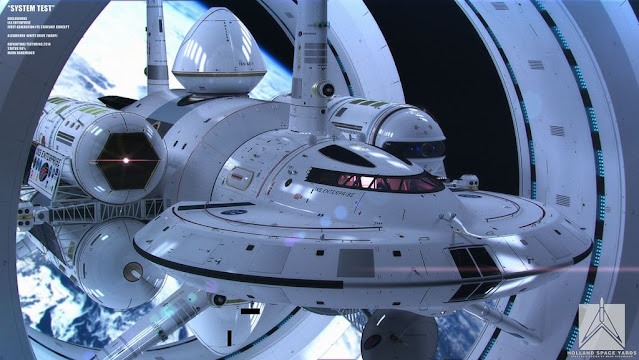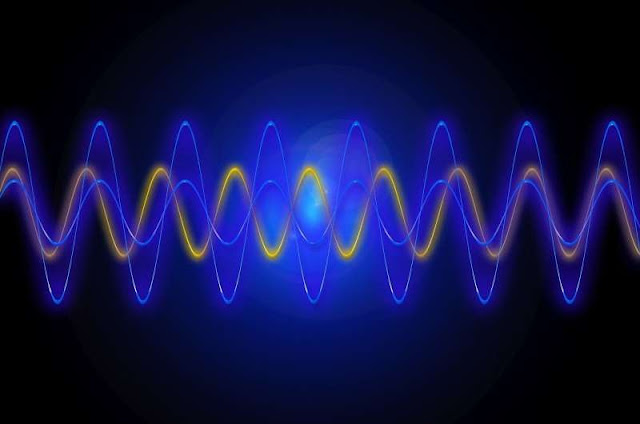We may be considerably closer to realizing the warp engine of the Enterprise, the spacecraft from Star Trek than we once believed.
Or at least it is inferred from a study team from the Applied Physics group, which specializes in advising businesses and governments on scientific and technological matters, which was just published in “Classical and Quantum Gravity.”
The study’s first workable model of a curvature motor is publicly announced by the researchers. It is based on a concept that Mexican scientist Miguel Alcubierre, who has expressly backed the research, put forth more than 20 years ago.
According to Alexey Bobrick, the article’s first author, “Many people in the field of science are familiar with Alcubierre’s motor and believe that bending impulses are not possible in the physical world because they require the use of negative energy.” However, this is no longer the case.
The Alcubierre engine, the starting point
Miguel Alcubierre cleverly solved the General Theory of Relativity’s equations and published it in the same publication (Classical and Quantum Gravity) in 1994.
His concept, which has since come to be known as “Alcubierre’s metric,” permitted a spaceship to travel faster than light—more than 300,000 km/s—while still adhering to all other rules of physics.
Alcubierre suggested that the ship go through a space-time warp bubble to accomplish this. Spacetime would contract in front of the ship, drawing the objective closer, and expanding behind it, pushing the bubble.
Because the ship would be inside the bubble and in a flat, non-deformed space, it would not be in violation of the law prohibiting traveling faster than the speed of light. It would resemble someone standing motionless on a conveyor line going at maximum speed.
Image: The graph depicts a space-time warp bubble, within which a ship would stay in flat space (yellow). The bubble would enable high-speed flight by compressing the area in front of the spacecraft and expanding it behind it. – Gianni Martire, a physics specialist
The ship that Alcubierre envisaged would indeed travel at superluminal speeds thanks to the bubble, but space itself—rather than the ship—would be the one to “move” due to its constant expansions and contractions.
In essence, relativity forbids objects from passing through spacetime faster than the speed of light, but it makes no mention of the highest speed that spacetime itself is capable of. Alcubierre’s concept, thus, marked a significant advancement toward the well-known “bending motor” from the “Star Trek” television series, which incidentally provided inspiration for his own work.
However, the problem is that matter with negative or unusual density would have to be employed to obtain negative energy, which does not exist, therefore putting the Alcubierre engine completely outside our purview in order to construct the space-time deformation bubble that gives the impulse.
The bubble would propagate at a pace easily faster than light the more negative energy there is in it.
For these reasons, the Alcubierre engine had long since been abandoned by physicists, and the prevailing consensus was that humanity would never develop propulsion systems based on space-time warping.
According to the researchers, NASA has been attempting in vain to create physical deformation units at the Eagleworks laboratory located within the Johnson Space Center in Houston, Texas, since 2012.
A solution without negative energy
However, that issue has been avoided in the latest study. “We went in a different direction than NASA and other researchers,” Bobrick said. According to our findings, General Relativity actually recognizes several other types of bending momentum. Specifically, we have developed new classes of curvature impulse solutions that can arise in the real world since they don’t require negative energy.
But relinquishing Alcubierre’s suggested negative energy has a cost in terms of speed.
The researchers’ curvature motor is essentially “subluminal and, in theory, can be constructed based on physical principles known to mankind today.” Though not quite faster than light, it comes close,” the researchers write.
Regardless, they continue, “We have demonstrated that all of the objections to Alcubierre’s well-known motor are moot because there exists a vast array of other physical units of curvature that are applicable. Thus, the group from Applied Physics has demonstrated that bending field mechanics is still a useful branch of physical study and is not extinct at birth.



